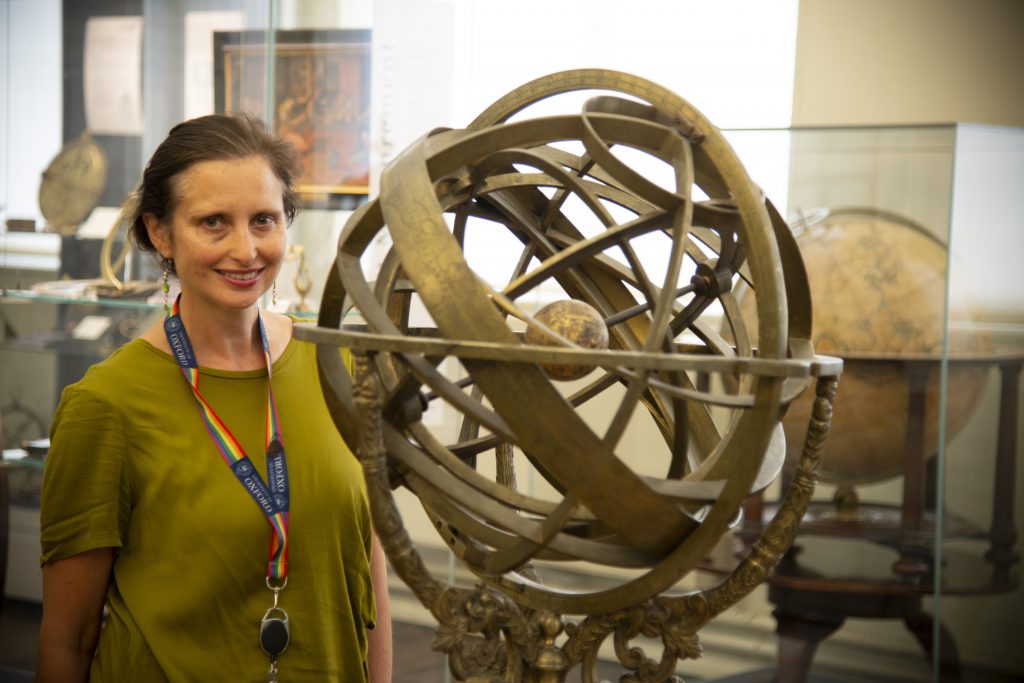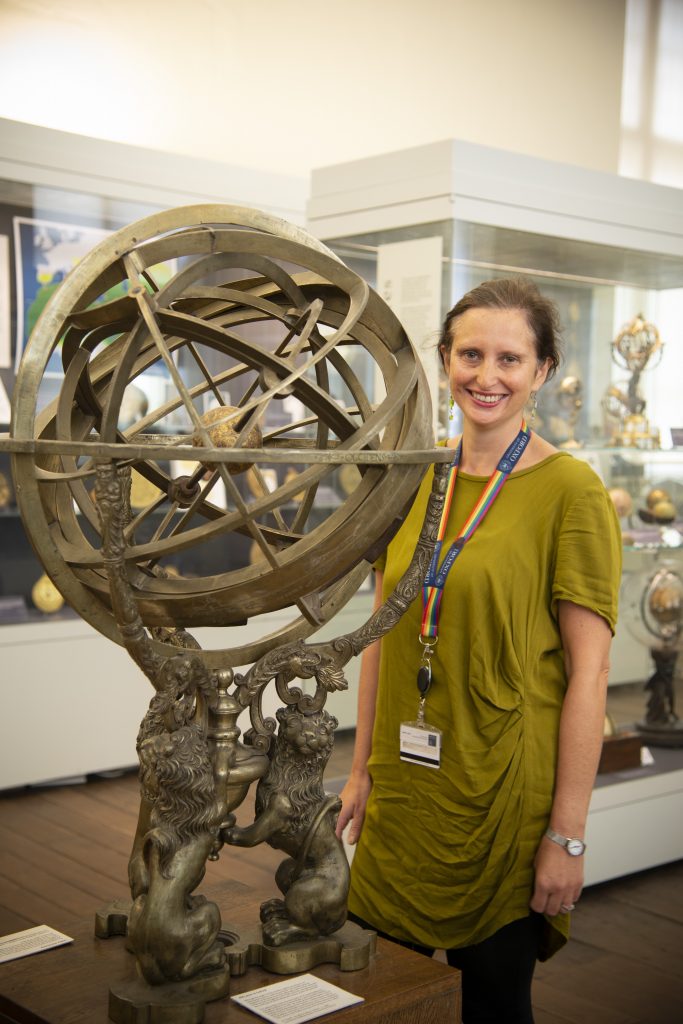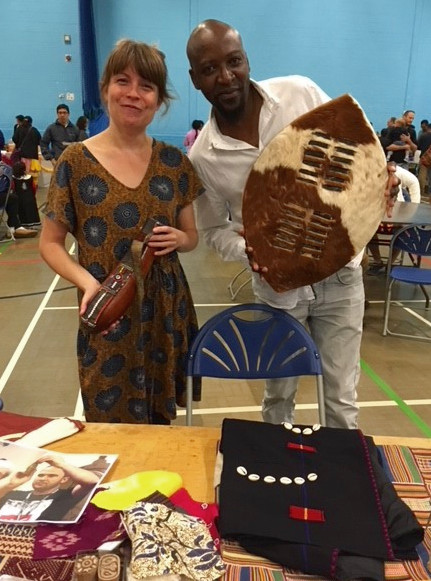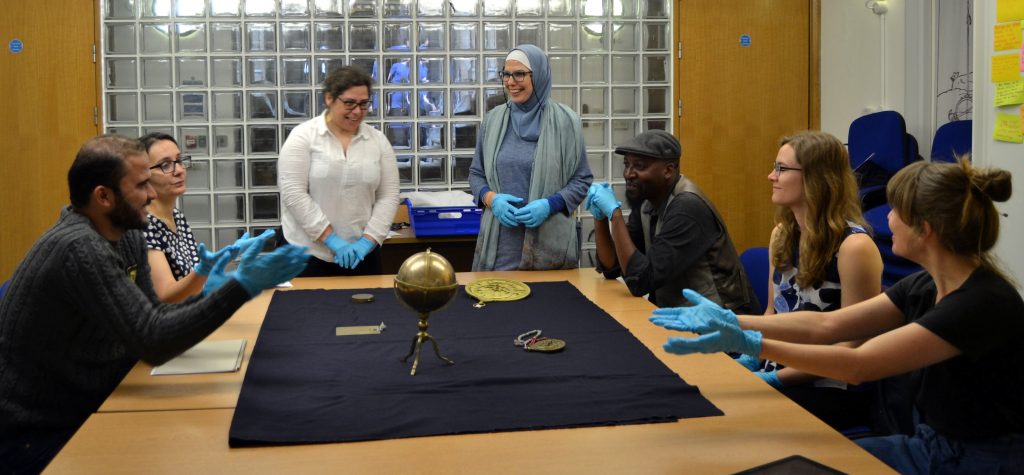The foundation of a museum
Ninety-five years ago this March the University of Oxford passed a decree to accept Lewis Evans’ donation of scientific instruments and books. This marked the foundation of our Museum, which opened to the public in 1925.
We’ve collected together photographs of the Museum from 1924 to the start of 2000.
A history through photographs
Click on an image to see it full size.
![A photocopy of the Decree from the University of Oxford that laid the foundations for the Museum. It reads: Decree passed by the Convocation of the University on Tuesday, March 4, 1924 :— That the offer to the University by LEWIS EVANS, F.S.A., of a valuble collection of Scientific Instruments and of books connected therewith be gratefully accepted, and that the Collection be kept in the two rooms on the upper floor of the Ashmolean Building. [Signed by the] Registrar of the University.](../../../../files/2019/02/Decree-announcing-establishment-of-Lewis-Evans-collection-at-University.png)
In 1924 this Decree from the University of Oxford laid the foundation for the Museum. 
The collection opened to the public on 5 May 1925 and was kept on the top floor. Both photographs from 1925 are from Gunther’s 1925 article about the Museum in Country Life. ![the main floor of the building, it is mostly empty with desks running down the right side of the room and shelves on the left.]](../../../../files/2019/02/History-of-Science-Museum-in-1925.png)
The middle floor in 1925. Lexicographers (people who write dictionaries) worked here on the New English Dictionary (OED). ![the top floor of the building, showing wooden exhibition cases of various sizes filled with objects. A woman is sitting at a desk reading, and a man and a woman are leaning over one of the cases.]](../../../../files/2019/02/History-of-Science-Museum-in-1951.png)
The top floor in the 1950s. 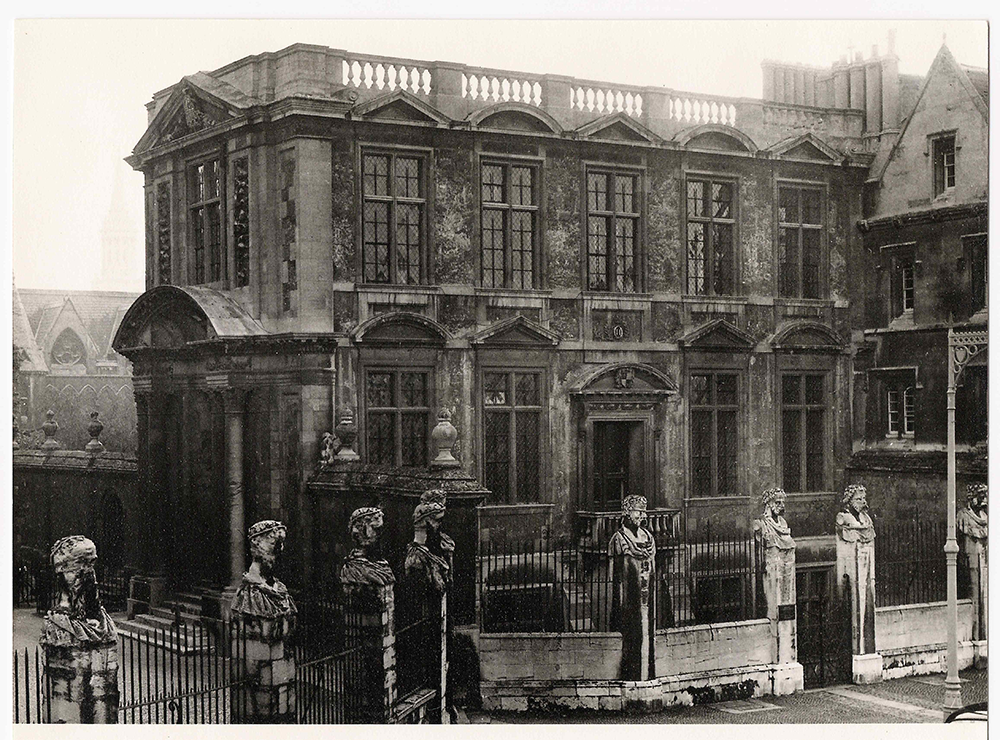
The front of the Museum in 1956. At this point the stone steps to the main entrance don’t exist. 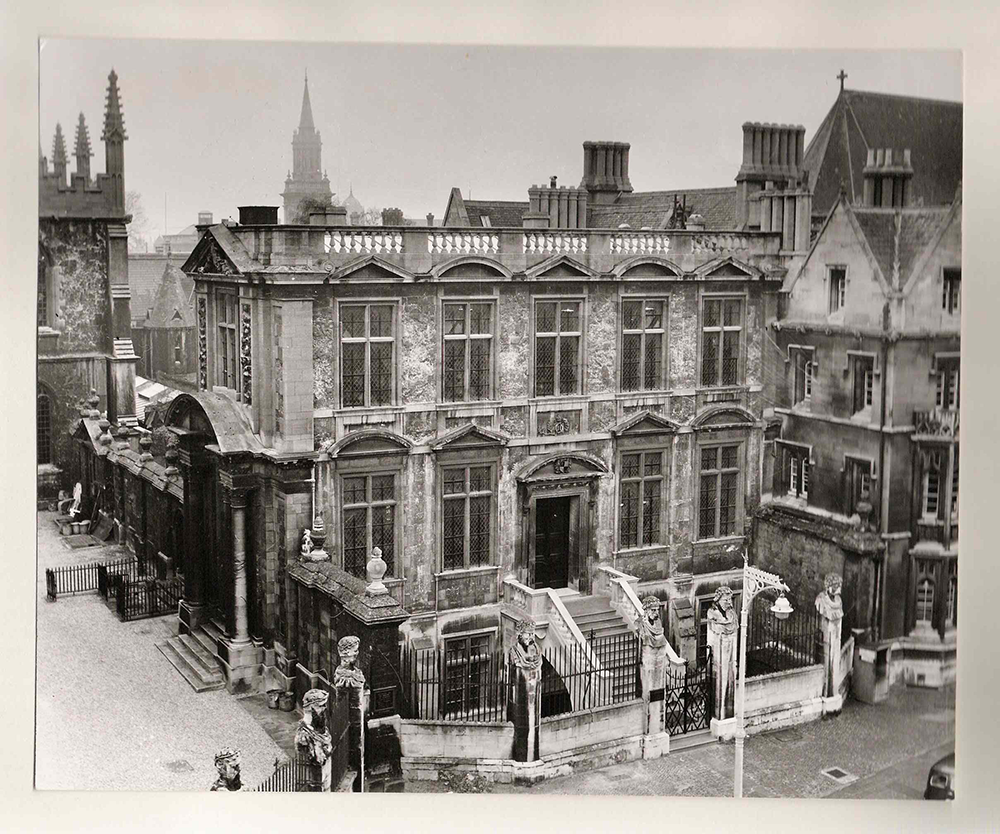
In 1957 the stone steps leading from Broad Street to the main door were completed. The stone steps are remarkably fresh when compared to the rest of the building in the 1960s. 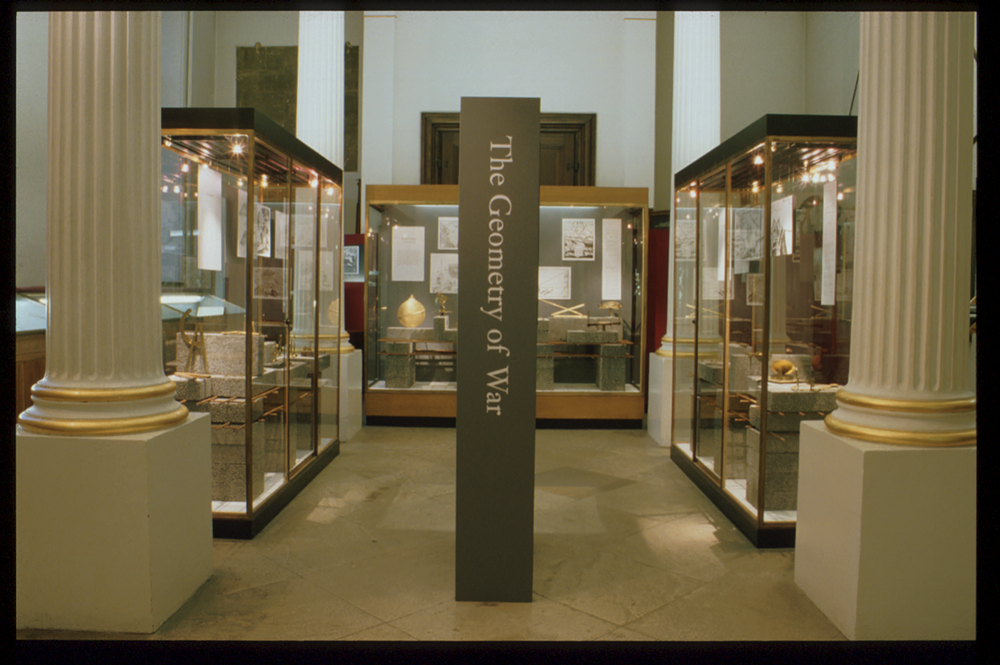
The Geometry of War exhibition opened in 1996 and explored the application of practical geometry to the ‘arts of war’. 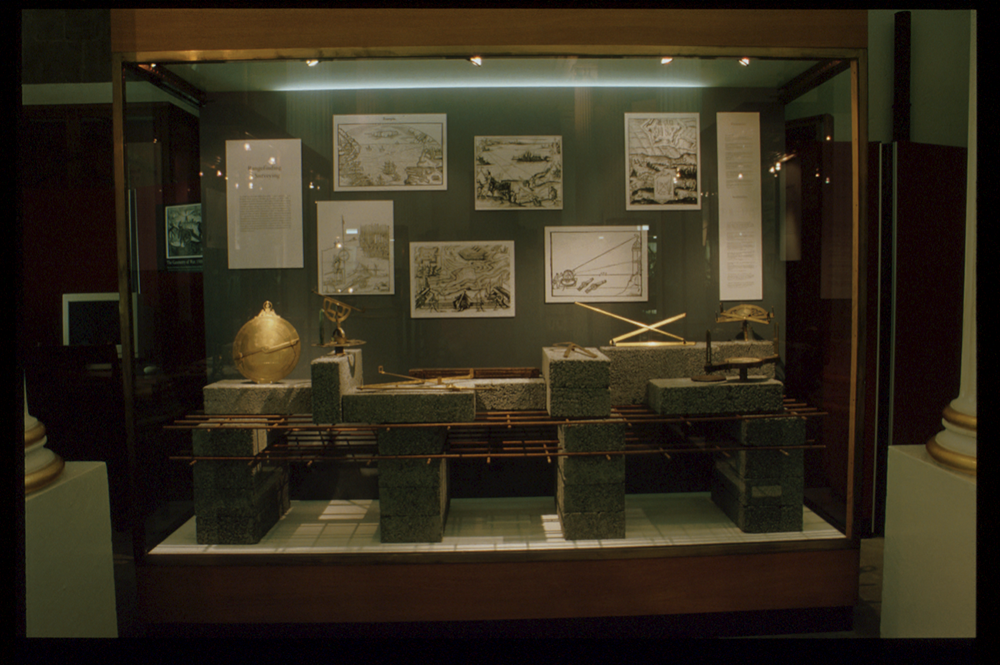
The Geometry of War aimed to be provocative. Objects were presented on concrete blocks and rusting iron mesh instead of using neutral displays. 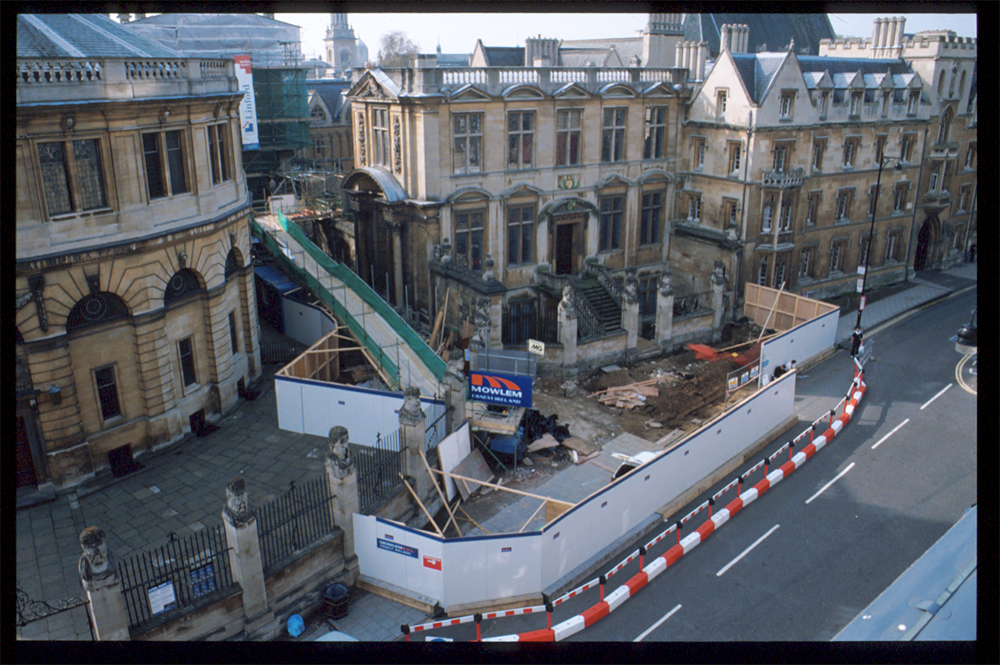
In 1998 we began a huge redevelopment project. This included improvements to galleries and building the Special Exhibitions Gallery. 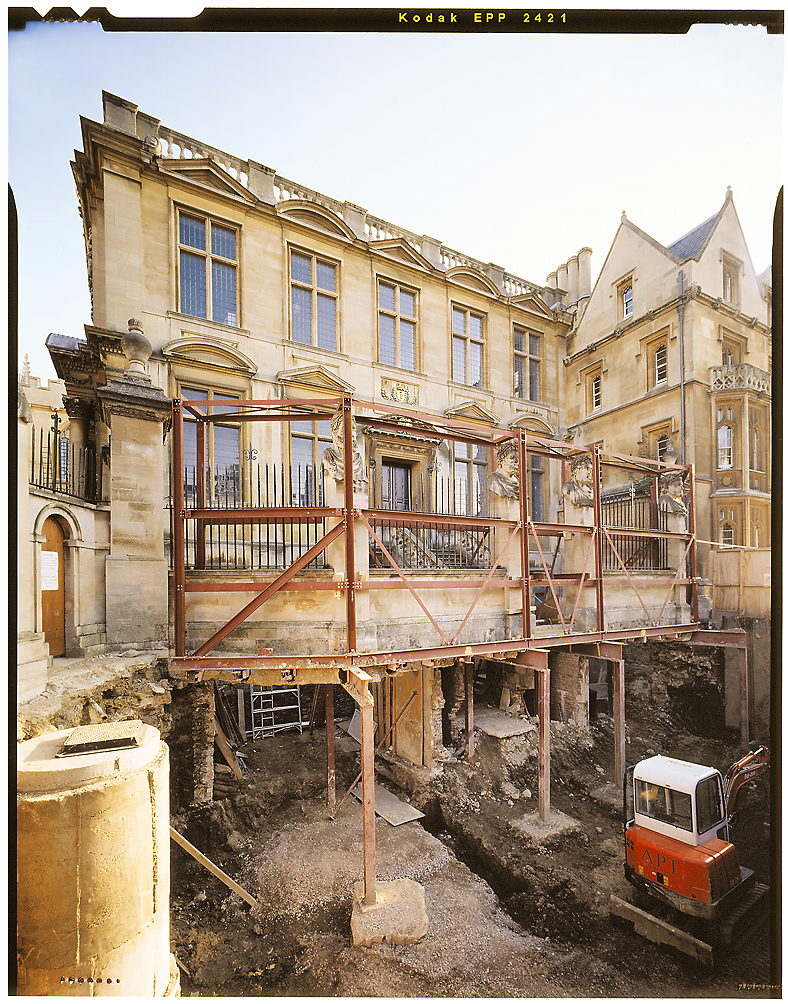
Excavations at the front of the Museum in 1999. This area has since been covered again by cobbles. 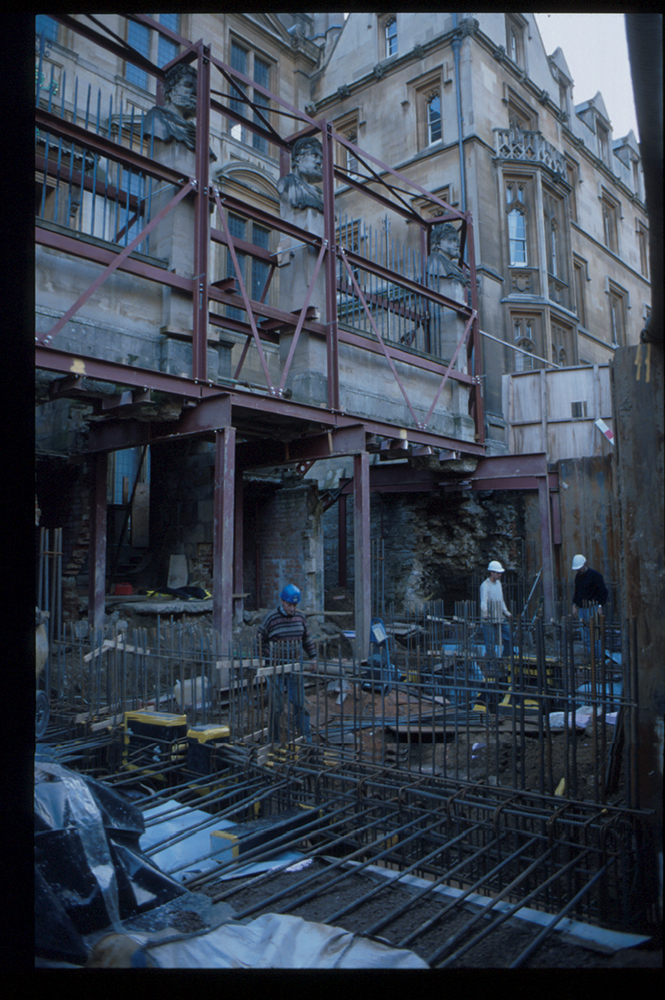
Laying the foundation for new facilities under street level at the front of the building. 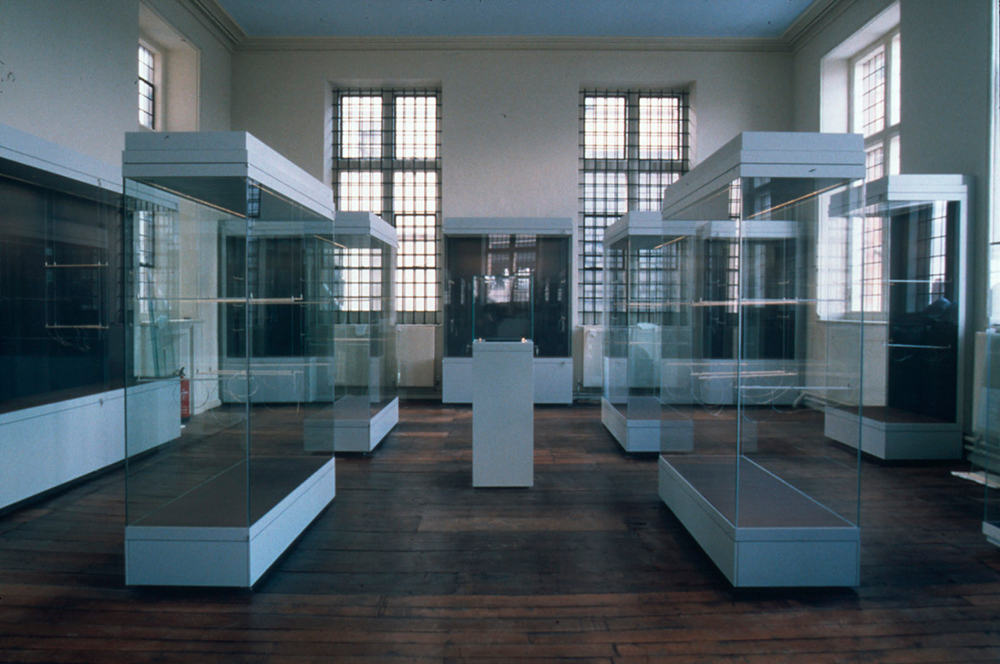
This haunting photograph shows the Top Gallery shortly before we re-opened in 2000.
Get in touch
If you’ve got photographs of the Museum from the 1900s we would love to see them! You can email us at info@mhs.ox.ac.uk or share them with us on Twitter, Facebook and Instagram using @HSMOxford.
Explore more
- Discover the Geometry of War exhibition online
- Read Gunther’s 1925 Country Life article about the Museum
- Visit the Museum
